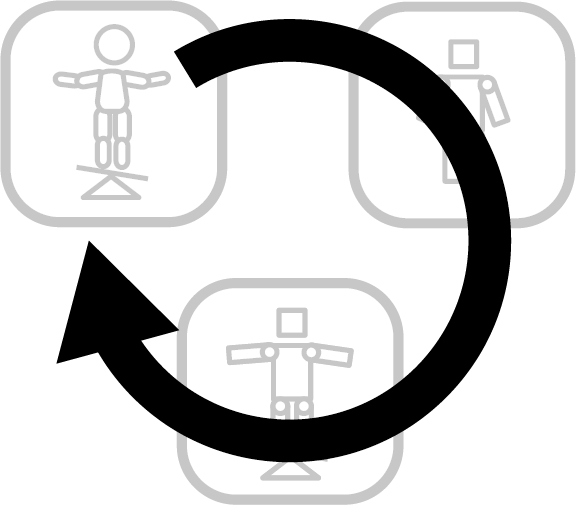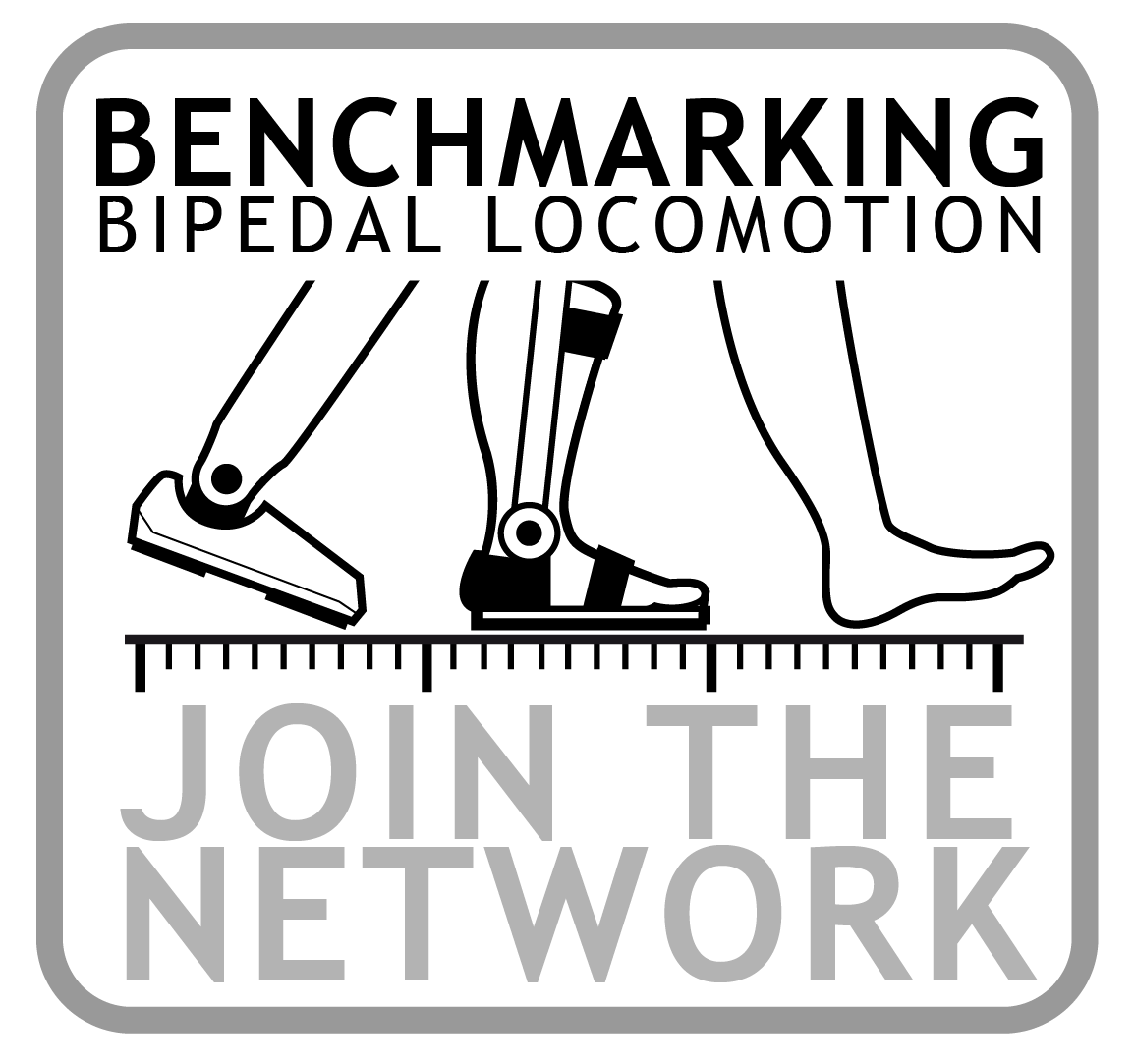 |
Overview
The major drawbacks of existing walking bipeds are related to stability, energy consumption, and robustness to unknown disturbances. In healthy humans, walking emerges naturally from a hierarchical organization and combination of motor control mechanisms. The result of this process is a highly efficient, stable and robust gait. The goal of H2R project is to demonstrate human-like gait and posture in a controlled compliant biped robot as a result of a combination of the most relevant motor control and cognitive mechanisms found in humans. In order to achieve this goal, we will adopt a threefold process: 1. Investigating the human behavior in order to formalize the most crucial biomechanical and neuromotor principles of walking and standing. For more information visit the section Studying humans 2. Testing the formalized biological concepts, by their integration into currently existing robotic platforms. At the same time, we will develop a new biped (namely H2R biped), by iteratively including the components and methods successfully tested. For more information, visit the section Developing robots 3. Giving birth to an internationally validated benchmarking scheme to test the human-like properties of robotic bipeds. This process will strongly rely on worldwide participation of other research groups, through workshops, seminars, and networking activities. For more information, visit the section Benchmarking |








